External Research Efforts
In addition to my academic research, I serve as PI on three major programs:

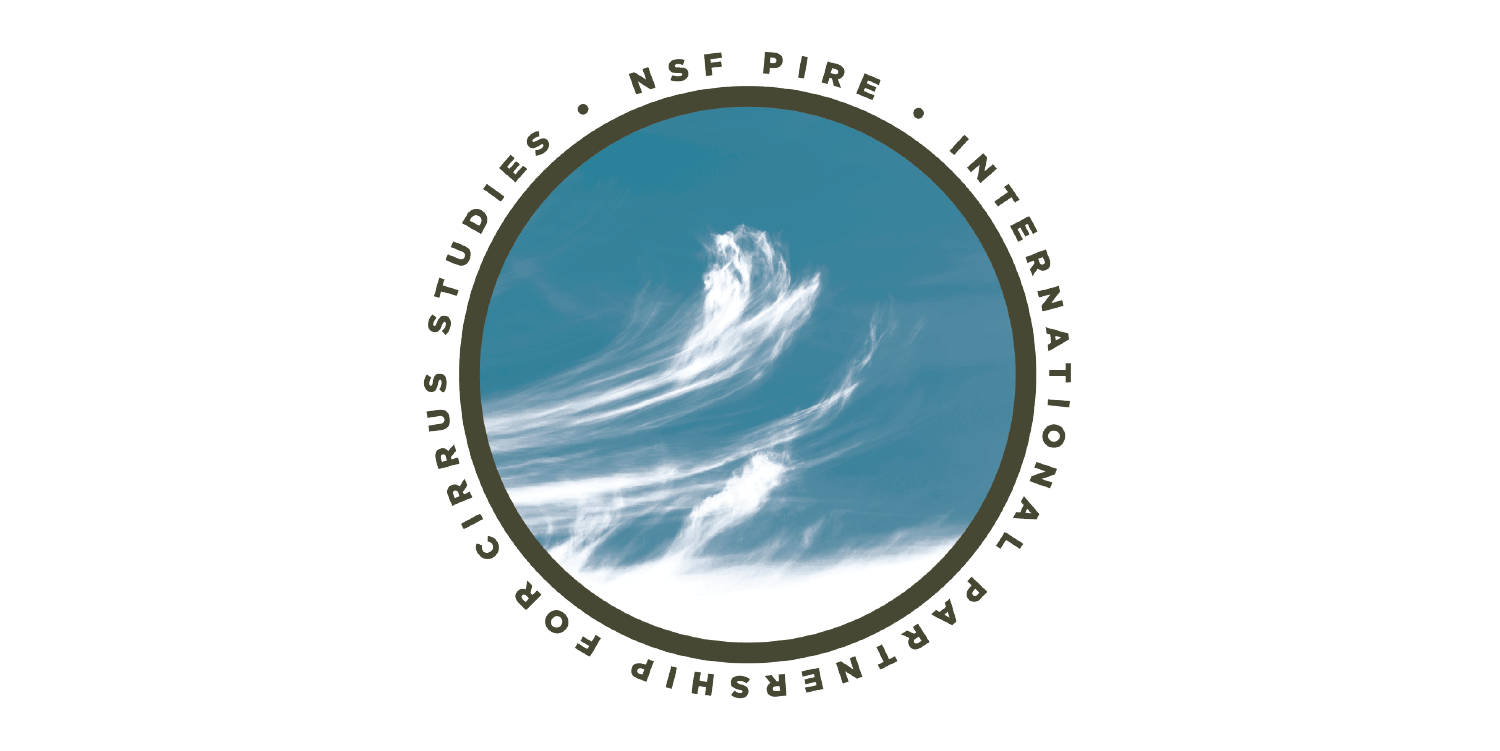
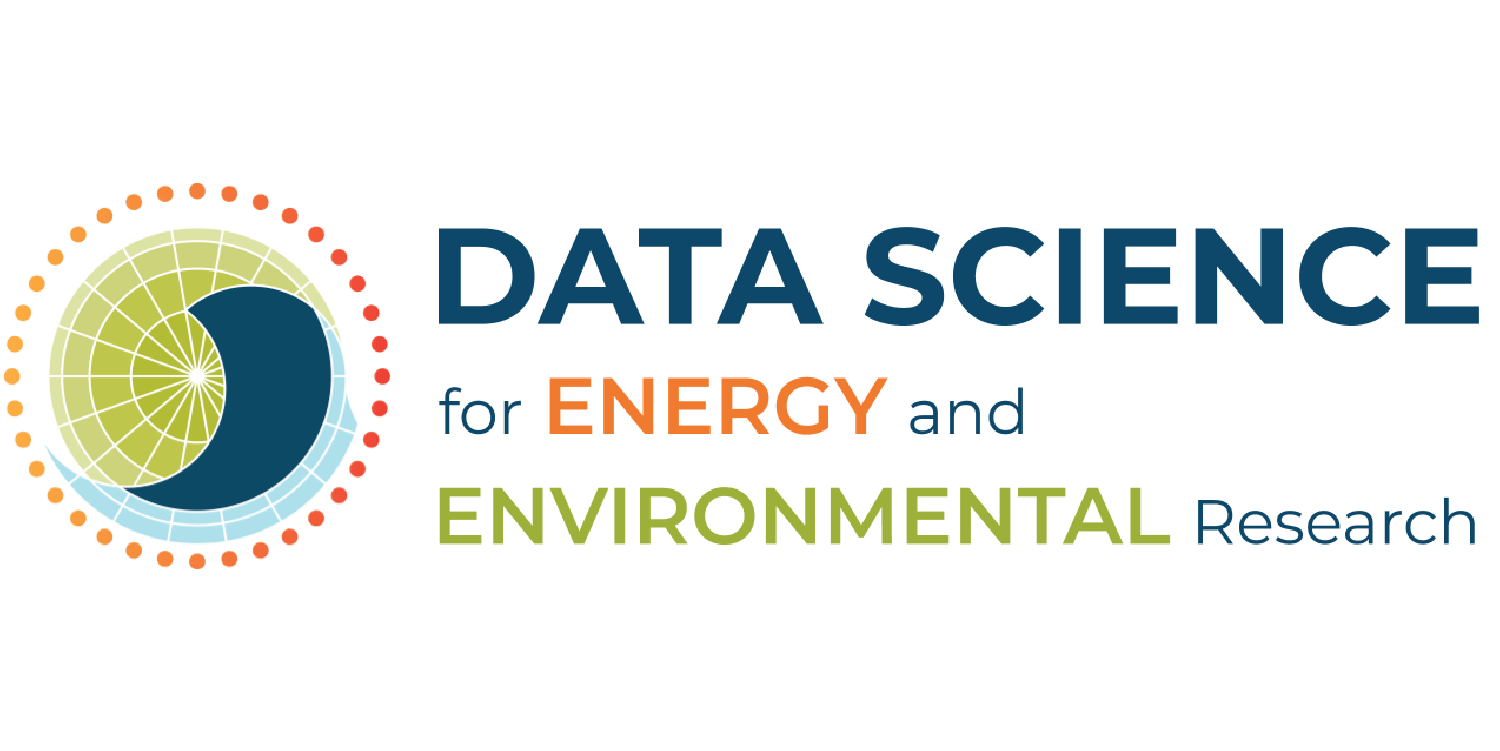
Academic Research
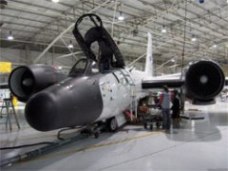 My primary research interests are in the processes that control the distribution of water vapor and formation of cirrus clouds in the upper troposphere and stratosphere, and especially in use of a new tracer of convection and condensation, the isotopic composition of that water: the tiny, naturally occurring amounts of HDO and H218O relative to ordinary H2O. Much of my research efforts involve development of new instrumentation for in-situ measurement of vapor phase H2O, HDO, and H218O in the dry, remote atmospheric regions of interest, either from aircraft, balloons, or for use in controlled simulation chambers.
My primary research interests are in the processes that control the distribution of water vapor and formation of cirrus clouds in the upper troposphere and stratosphere, and especially in use of a new tracer of convection and condensation, the isotopic composition of that water: the tiny, naturally occurring amounts of HDO and H218O relative to ordinary H2O. Much of my research efforts involve development of new instrumentation for in-situ measurement of vapor phase H2O, HDO, and H218O in the dry, remote atmospheric regions of interest, either from aircraft, balloons, or for use in controlled simulation chambers.
I am also involved with an interdisciplinary group effort in energy and climate policy analysis. The CIM-EARTH project involves researchers in climate modeling, economics, law, computer science, numerical methods, statistics, and human behavior to build open-source models and tools, publicly available to all. To learn more, click here.
We are currently developing new climate "emulators" to provide pass information derived from full general circulation models to integrated assessment models used for policy analysis.
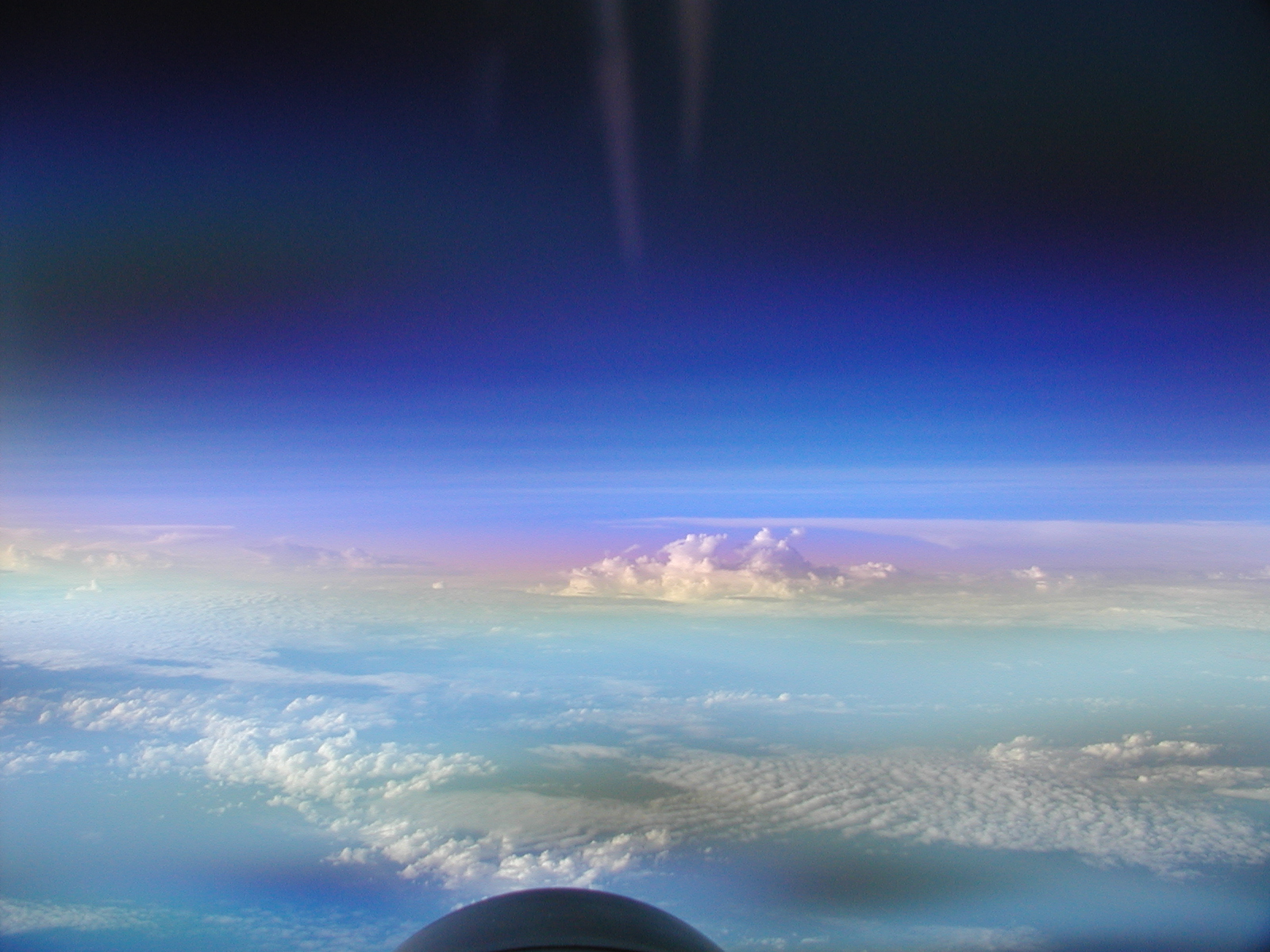
High-altitude cirrus
Cirrus clouds represent a major uncertainty in the Earth's response to increased greenhouse gas concentrations. Neither their net radiative effect (likely net warming, but dependent on cloud properties) nor their change in a warmer world are well understood. In addition, measurements of water vapor within cirrus over the last decade have persistently suggested high levels of supersaturation with regard to ice, suggesting that cirrus formation is both more complex than simple models predict and does not fully dehydrate air entering the stratosphere. The field is currently full of fundamental questions, including the effect of organic coatings on ice particle surfaces on growth rates, the accommodation coefficient of ice at near-tropopause temperatures, the presence and stability of cubic ice, and the effect of highly viscous glassy aerosols on ice formation. Isotopic water measurements offer a new tracer to probe these effects.
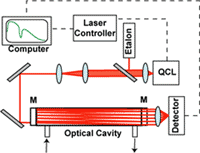
Spectroscopic instrument development
While most isotopic measurements in geochemistry are made with commercial mass spectrometers, the need for rapid in-situ measurements mean we have chosen optical absorption spectroscopy as our technique of choice, using narrowband tunable diode lasers in the mid-infrared to probe absorption features of the different isotopologues. However, the scarcity of water vapor isotopologues (HDO is < ppb in the stratosphere), need for highly precise and accurate ratio measurements (to a few per mil at most), large dynamic range of water vapor (which introduces contamination issues) and hostile measurement conditions mean that custom-built instrumentation is generally necessary for new field or laboratory measurements. We have worked both with advanced cavity-based spectroscopic techniques) and with more standard multipass absorption cells.
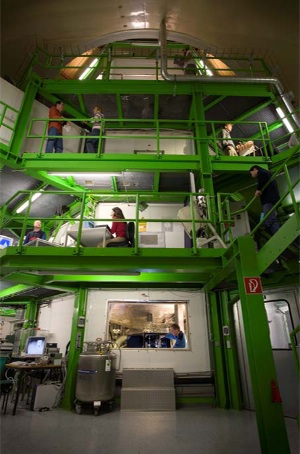
Laboratory studies of cirrus clouds
We are currently engaged in building a spectroscopic instrument at 2.7 microns for use in the world's largest aerosol and cloud chamber, the AIDA facility at the Karlsruhe Institute of Technology (KIT), Germany. The AIDA chamber offers us the chance to make repeated, controlled studies of condensation processes during cirrus formation. The hchamber can be seeded with aerosols of the experimenters' choice and cooled to below 190 K to mimic the temperatures at the coldest tropical tropopause; multi-instrument campaigns provide information on a number of atmospheric gases and ice crystal size, number density, and habit. Measurements of the basic three-isotoplogue water system (H2O, HDO, H218O) and expected measurement sensitivity will allow discrimination between equilibrium condensation and growth inhibition from a variety of causes. These will be the first water isotope measurements at AIDA and the first use of this tracer for controlled cirrus studies. First test deployment is expected for 2011. (in collboration with: Volker Ebert, PTB Braunschweig; Harald Saathoff and Ottmar Moehler, KIT)